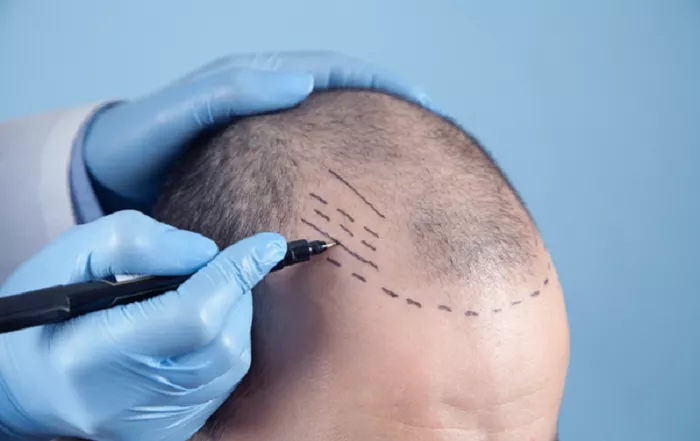Hair transplantation is a widely adopted solution for individuals experiencing hair loss. Understanding the source of donor hair is crucial for anyone considering this procedure. This comprehensive guide delves into the origins of donor hair, the techniques involved, and essential considerations to ensure optimal results.
What is the Donor Area
The donor area refers to regions of the body where hair follicles are harvested for transplantation. Typically, the back and sides of the scalp serve as the primary donor sites due to their resistance to hair loss.
Characteristics of the Donor Area
- Resistance to Hair Loss: Hair follicles in the donor area are genetically programmed to resist balding, making them ideal for transplantation.
- Hair Quality: The thickness, texture, and growth pattern of hair in the donor area closely match those in the balding regions, ensuring a natural appearance post-transplant.
Alternative Donor Sites
In cases where the traditional donor area is insufficient, other body parts can serve as donor sites:
- Beard: Beard hair is often used due to its thickness and similarity to scalp hair.
- Chest and Other Body Hair: Body hair can be utilized, though it may differ in texture and growth cycle compared to scalp hair.
Hair Transplant Techniques
Two primary methods are employed in hair transplantation:
Follicular Unit Transplantation (FUT)
- Procedure: A strip of scalp is removed from the donor area, and individual follicular units are extracted and transplanted.
- Advantages: Allows for the transplantation of a large number of grafts in a single session.
- Considerations: May result in a linear scar at the donor site.
Follicular Unit Extraction (FUE)
- Procedure: Individual hair follicles are extracted directly from the donor area and transplanted.
- Advantages: Minimally invasive with no linear scarring.
- Considerations: May require multiple sessions for extensive hair loss.
Post-Transplant Care
Proper aftercare is essential for the success of a hair transplant:
- Healing: The donor area typically heals within 5-7 days, with small scabs forming and falling off naturally.
- Hair Growth: Transplanted hair enters a resting phase before new growth begins, usually within a few months.
- Maintenance: Follow-up appointments and adherence to care instructions are vital to ensure optimal results.
Considerations for Successful Transplantation
- Surgeon Expertise: Choosing a qualified and experienced surgeon is crucial for achieving natural-looking results.
- Donor Area Assessment: A thorough evaluation of the donor area ensures sufficient and healthy hair follicles are available for transplantation.
- Realistic Expectations: Understanding the limitations and potential outcomes of the procedure helps in setting achievable goals.
Conclusion
Hair transplantation offers a viable solution for hair restoration, with the donor area playing a pivotal role in the success of the procedure. By understanding the sources of donor hair, the techniques involved, and the importance of proper care, individuals can make informed decisions and achieve desirable outcomes.


